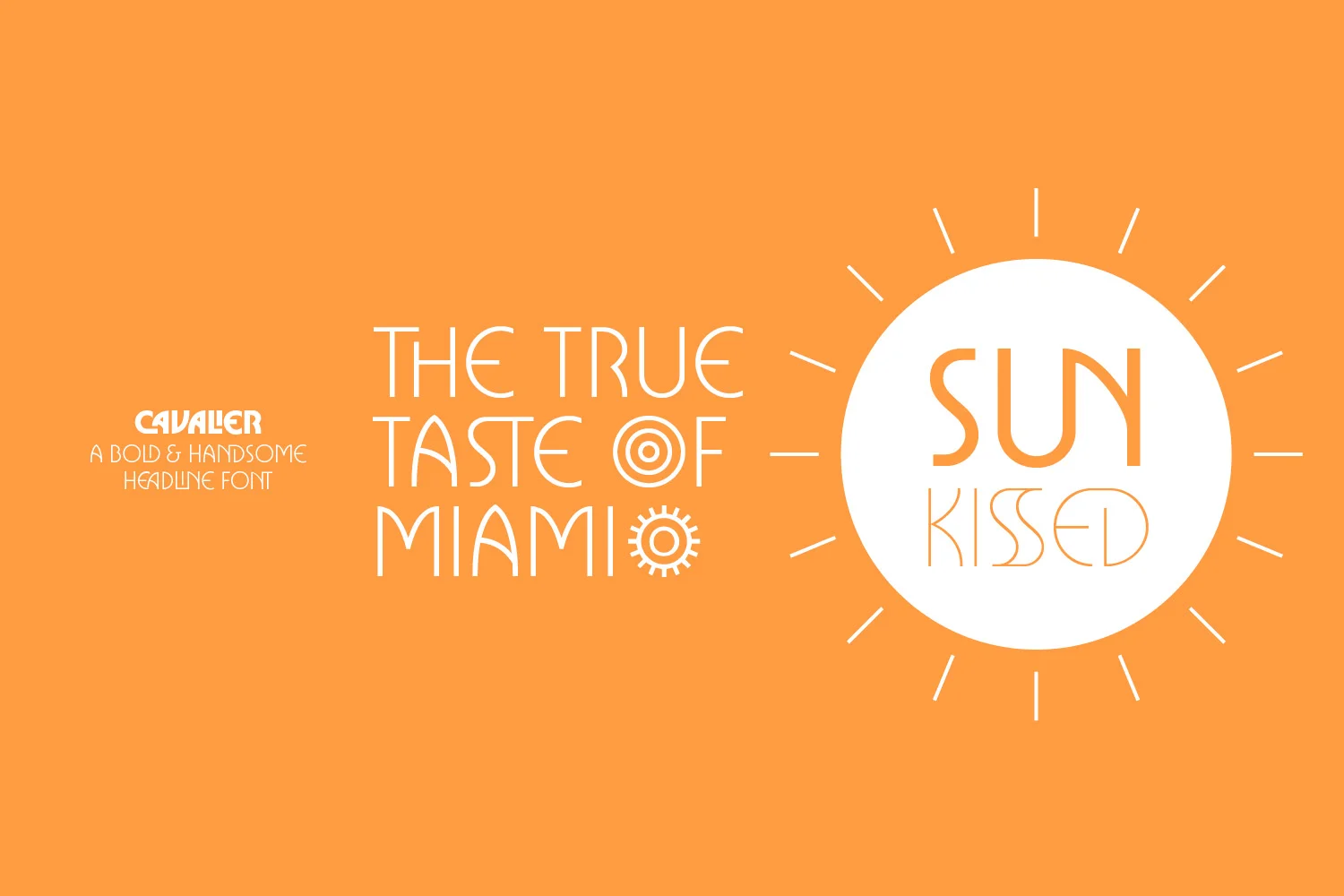

The five Mustang IIs (including one TF-51D) built for El Salvador featured wingtip fuel tanks to increase combat range. Two batches of Mustang IIs were constructed: the first group was built for El Salvador in 1968 and the second group was constructed for export to Indonesia in 19. The Mustang II had improved avionics, structural improvements to the wing to allow more external weapons carriage on four additional hardpoints, and an improved Rolls-Royce Merlin V-1650-724A engine. In 1967, Cavalier developed an outgrowth of the F-51D designed for close air support and counter-insurgency operations, calling this aircraft the Cavalier Mustang II.

Nine (including the two TF-51s) were given to Bolivia, under a program called Peace Condor and two, with tip tanks, were sold to the United States Army for use as chase aircraft, one of which is preserved at the Air Force Armament Museum at Eglin Air Force Base, Florida.
Tf cavalier font free download serial#
The aircraft were given new 67-XXXXX and 68-XXXXX serial numbers. These aircraft were called Cavalier F-51D Mustangs nine single control (F-51D) and two dual-control (TF-51D) aircraft were built. These military aircraft incorporated most of the improved features of the civilian Cavaliers but were optimized as ground attack fighters. In 1967, a decade after creating their first civilian P-51 conversion, Trans Florida was contracted by the United States Department of Defense to create military specification F-51Ds for export. Military Cavaliers Cavalier F-51D Ĭavalier Mustang, formerly of the Bolivian Air Force In 1967 the company was renamed Cavalier Aircraft Corporation. īetween 19, Trans Florida completed an IRAN inspection of over 30 F-51Ds of the Dominican Air Force (FAD) in Sarasota. Several FAA approved modifications to the Cavalier design would be made during that time, including canopy frame mounted cockpit fresh air vents, 96-US-gallon (360 l 80 imp gal) wingtip fuel tanks, fuselage baggage door, 60 gallon ammo/gun bay fuel tanks, and a 14-inch (360 mm) taller vertical stabilizer. Over the course of the next decade, nearly 20 of these aircraft would be constructed. Five different Cavalier models were eventually offered: the Cavalier 750, 1200, 1500, 2000, and 2500, differing in fuel capacity, with the name indicating the approximate range of the aircraft. By 1961, the aircraft were renamed Cavalier 2000, referring to the 2,000-statute-mile (3,200 km) range. The airframes were completely disassembled, the military equipment stripped out, and then rebuilt with a second seat, new avionics, plush leather interiors, luggage bays, and civilian paint schemes. To construct the Executive Mustang, Trans Florida purchased military surplus P-51s. The first of the Executive Mustangs was built in 1958 and for the next few years, only a handful of airframes were built and sold. These aircraft were initially called the Trans-Florida Executive Mustang, soon renamed the Trans Florida Aviation Cavalier Mustang. His intention was to transform surplus military P-51s into executive business aircraft. In 1957, newspaper publisher David Lindsay (1922–2009) founded Trans Florida Aviation Inc.


 0 kommentar(er)
0 kommentar(er)
